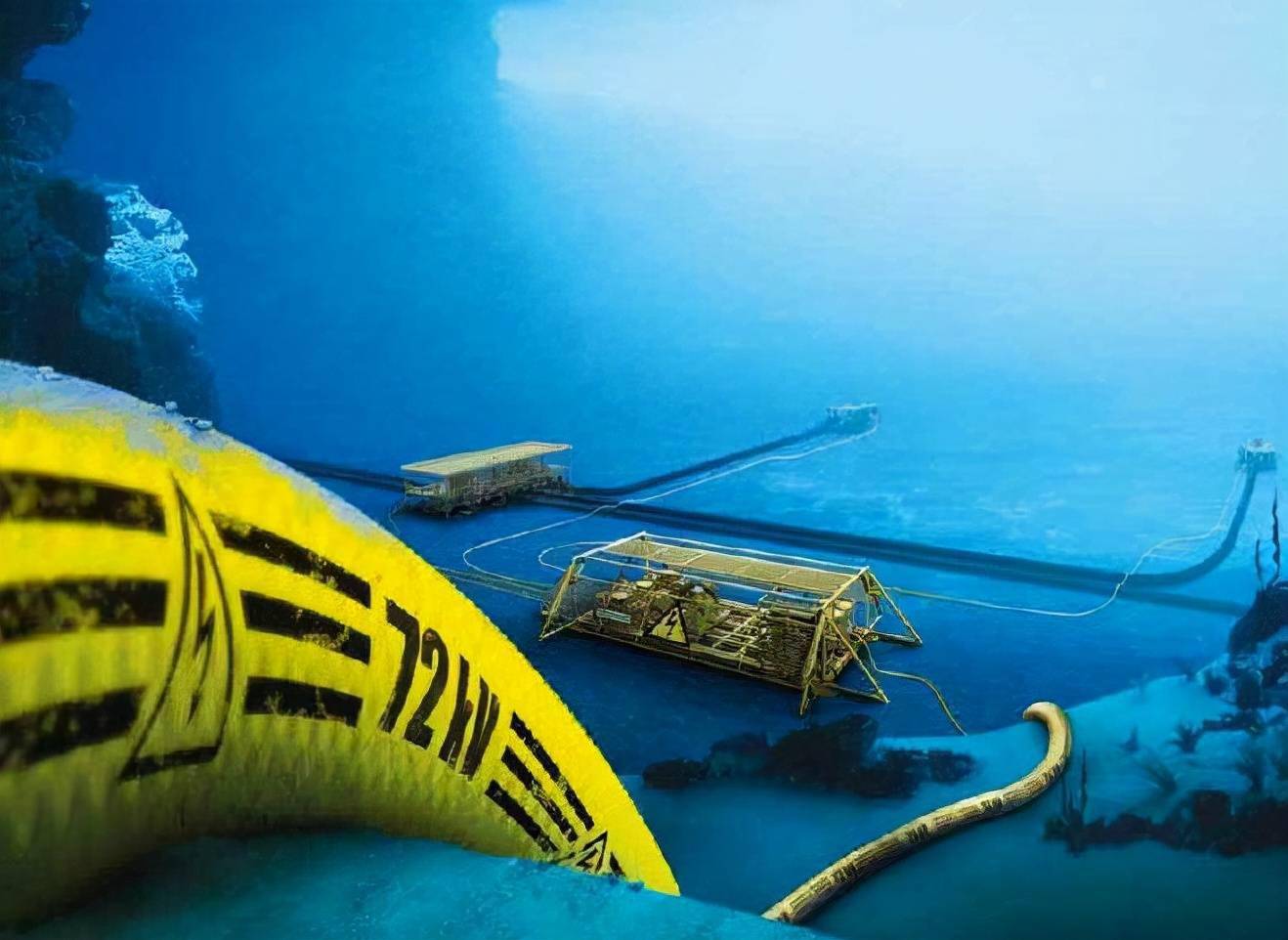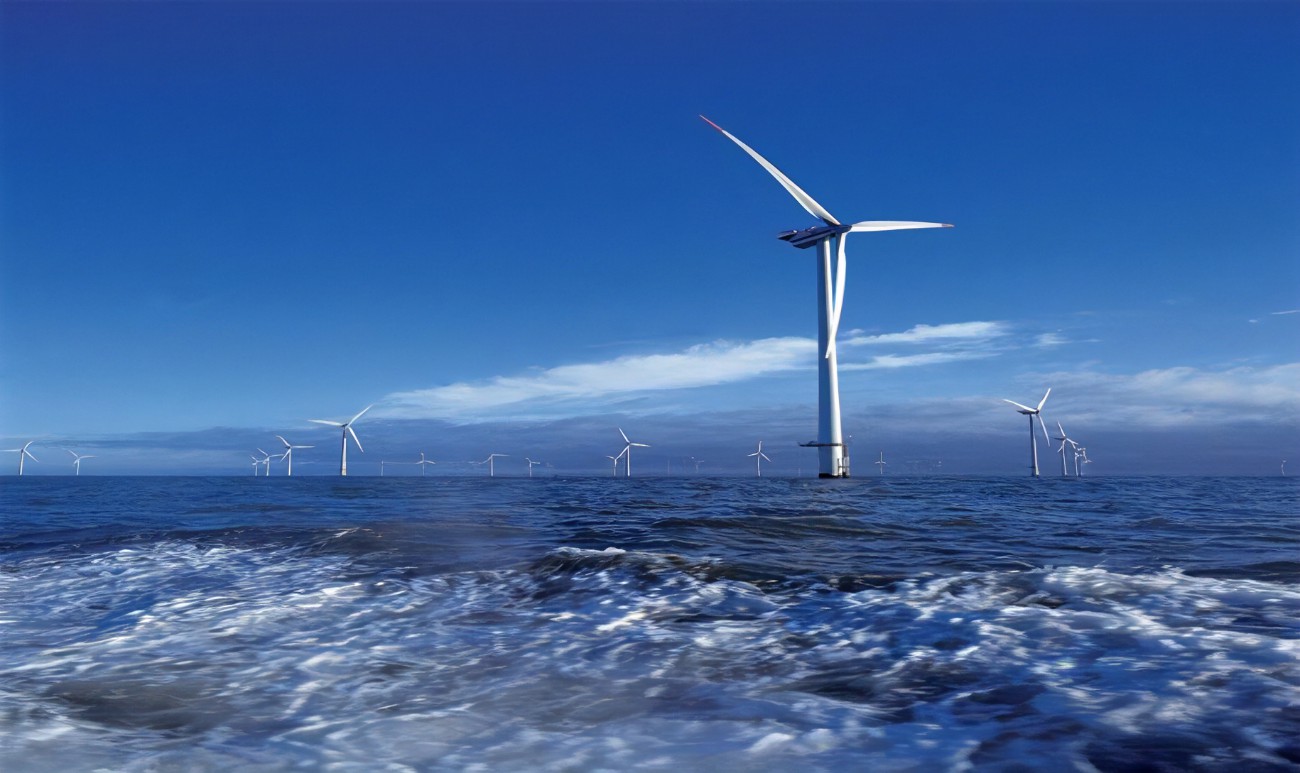
The global submarine fiber optic cable market is currently showing an increasingly stable growth trend. It is expected that the submarine fiber optic cable market will continue to expand further in the coming period, with the continuous growth of data traffic and the continuous upgrading of communication base stations.
Competition in the market is fierce, and it is easy to have some questions and doubts about wholesale and purchase of submarine fiber optic cables.
As a professional submarine fiber optic cable manufacturer and supplier, the ZMS cable team will introduce in this article what are the most common problems encountered in submarine fiber optic cable purchase and wholesale.
When choosing submarine fiber optic cables, users should first consider the following four common problems with submarine cables in the face of a huge market and choices.
Submarine cable breakage and damage are mainly due to the complexity of the cable laying environment, the cable's defects, external environmental impact, and other reasons.
Submarine cable breakage and damage can cause communication interruption, data loss, and other problems, seriously affecting people's production, life, and economic development.
Submarine fiber optic cable network systems facing network security issues mainly include network attacks, virus propagation, malware, and so on.
Submarine fiber optic cable network security problems will not only cause data leakage, information tampering, etc. but also affect the stability and availability of the entire network.
The laying and maintenance of submarine fiber optic cables requires a large amount of human and material resources, including laying equipment, ships, divers, etc. The cost of laying and maintaining submarine fiber optic cables is high.
The high cost of laying and maintaining submarine cables has limited the development of the submarine fiber optic cable industry, making it prohibitive for many companies and operators.
The service life of submarine cables is affected by a variety of factors, such as environmental corrosion, biological erosion, and terrain changes.
The short service life of submarine fiber optic cables can lead to communication interruption, data loss, and other problems, seriously affecting the quality of communication for enterprises and individuals.
After the above issues are understood, the cable purchase will have a further understanding of the cable. Customers should purchase cables with the following characteristics:
High-strength materials can enhance the durability and stability of submarine fiber optic cables, making them more reliable in the complex marine environment.
Developing and applying high-strength, corrosion-resistant, and anti-aging fiber optic materials can improve the service life of submarine fiber optic cables and reduce maintenance costs.
Strengthen the quality control in the production process to ensure that each submarine fiber optic cable undergoes strict testing and inspection to reduce the probability of failure.
Establish a comprehensive quality management system and conduct regular reviews of manufacturers to ensure that product quality meets standards.
Multiple redundant system designs can increase the reliability of the submarine cable system and improve its fault tolerance.
Adopting multiple redundant system designs can automatically switch to other available channels when a section of fiber optic cable fails, ensuring the stability and uninterruptedness of communication.
1 Strengthen the training and technical support of submarine fiber optic cable maintenance personnel, and improve troubleshooting and repair capabilities.
2 Introduce advanced submarine cable repair technology and equipment, such as unmanned submarines, which can improve repair efficiency and safety while reducing costs.
3 Establish a perfect file of fiber optic cable maintenance and repair, analyze and summarize each failure, and provide experience for possible future problems.
The following matters should be noted when choosing a suitable submarine fiber optic cable:
Determine the transmission distance according to the demand, and different transmission distances require different fiber optic cable types and specifications.
Select the appropriate fiber optic cable type and specification according to the signal rate to be transmitted.
Including fiber optic cable loss, dispersion, and other parameters, according to the needs of the selection of the appropriate fiber optic cable.
Including fiber optic cable material, structure, length, and other parameters, according to the needs of the selection of the appropriate fiber optic cable.
Different underwater environments have different requirements for the adaptability of the fiber optic cable, such as depth, temperature, salinity, etc., according to the specific use of the environment to choose the appropriate fiber optic cable.
cable.
Select the fiber optic cable with high reliability and maintenance to ensure the stability and reliability of the system.
According to the demand and budget, choose the reasonable cost of fiber optic cable, to avoid the cost being too high due to the wrong choice of fiber optic cable.

The submarine cable industry will continue to promote new laying technologies, such as pneumatic laying and unmanned boat laying, to reduce the cost and difficulty of submarine cable laying.
The submarine cable industry will continue to strengthen technological research and development, and continuously optimize cable materials, design, and transmission technology to improve the performance and reliability of submarine cables.
The submarine cable industry will continue to strengthen international cooperation and jointly promote the development and application of submarine cable technology to better meet the needs of global communication networks.